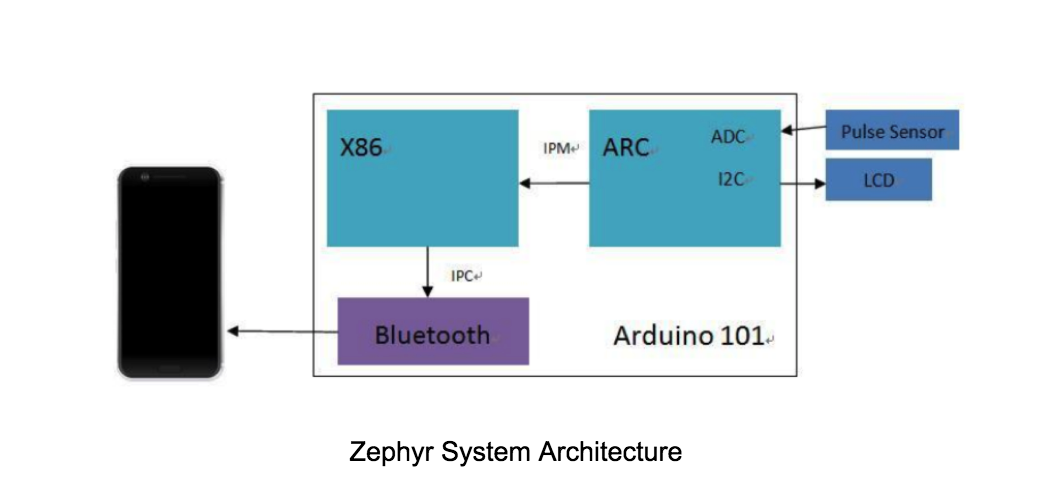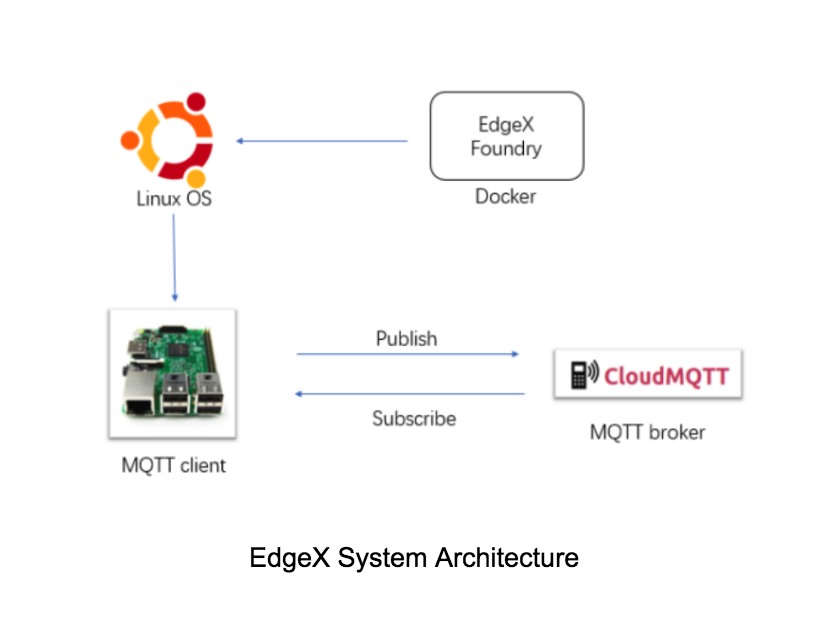Written by Professor Yonghua Li with Beijing University of Posts and Telecommunications (BUPT) and active EdgeX Foundry and Zephyr Project member
The Beijing University of Posts and Telecommunications (BUPT) recently became new members of the Zephyr Project and EdgeX Foundry but students studied both projects long before then. In fact, students are currently working on IoT projects that are based on these open source technologies.
The first project aims to develop a Bluetooth-enabled heart rate monitor based on Zephyr OS, which is ideal for resource-constrained systems and small IoT devices. The system implements heart rate measurement for users and transmits the user’s heart rate data to user’s mobile phone via Bluetooth, so that users can monitor his or her heart rate in real-time.
The system is mainly divided into two parts: hardware and software. The main functions of the hardware is data collection, data transmission and data display. The hardware is designed and implemented centered on the Arduino101 development board. On the other hand, the software is mainly used for data conversion and analysis. The development and implementation of software are performed under Zephyr OS.


The second project uses the EdgeX platform (using the Java micro services) running on a Raspberry Pi. EdgeX Foundry core, supporting and export micro service artifacts were created in Eclipse using Java Maven. Docker containers were created around the micro service artifacts and deployed to the Pi running Ubuntu 16.04 Linux using Docker Compose. In addition to the EdgeX export, core, and supporting micro services, the students choose to build and deploy an MQTT based device service to ingest sensor data into EdgeX which utilized CloudMQTT as the underlying broker.
For this project, the students used a random number generator to simulate sensor data on the Pi. The simulated sensor data was passed in with an MQTT messages through the device service (again utilizing CloudMQTT) while receipt messages were sent back out from the device service through another MQTT pipe. Because of CloudMQTT’s WebSocket user interface, students could easily view the JSON-wrapped random number data enter EdgeX as well as be acknowledged by EdgeX – demonstrating the successful establishment of an IoT edge platform.
EdgeX Foundry uses the random number as messages through the MQTT Microservice, passes it to CloudMQTT, and receives the response again through the MQTT Microservice. CloudMQTT’s WebSocket UI allows you to view JSON random number data and send data to EdgeX, demonstrating the successful establishment of it.

If you’d like to learn more about the BUPT student projects, we invite you to join the IoT Meetup on Tuesday, June 26 from 6-9 pm at VMware’s office in China. There is no cost for this event but space is limited, so RSVP is required. Register now https://www.bagevent.com/event/1491965
To learn more about Zephyr Project please see our Getting Started Guide, join the mailing list or follow #zephyrproject on IRC.